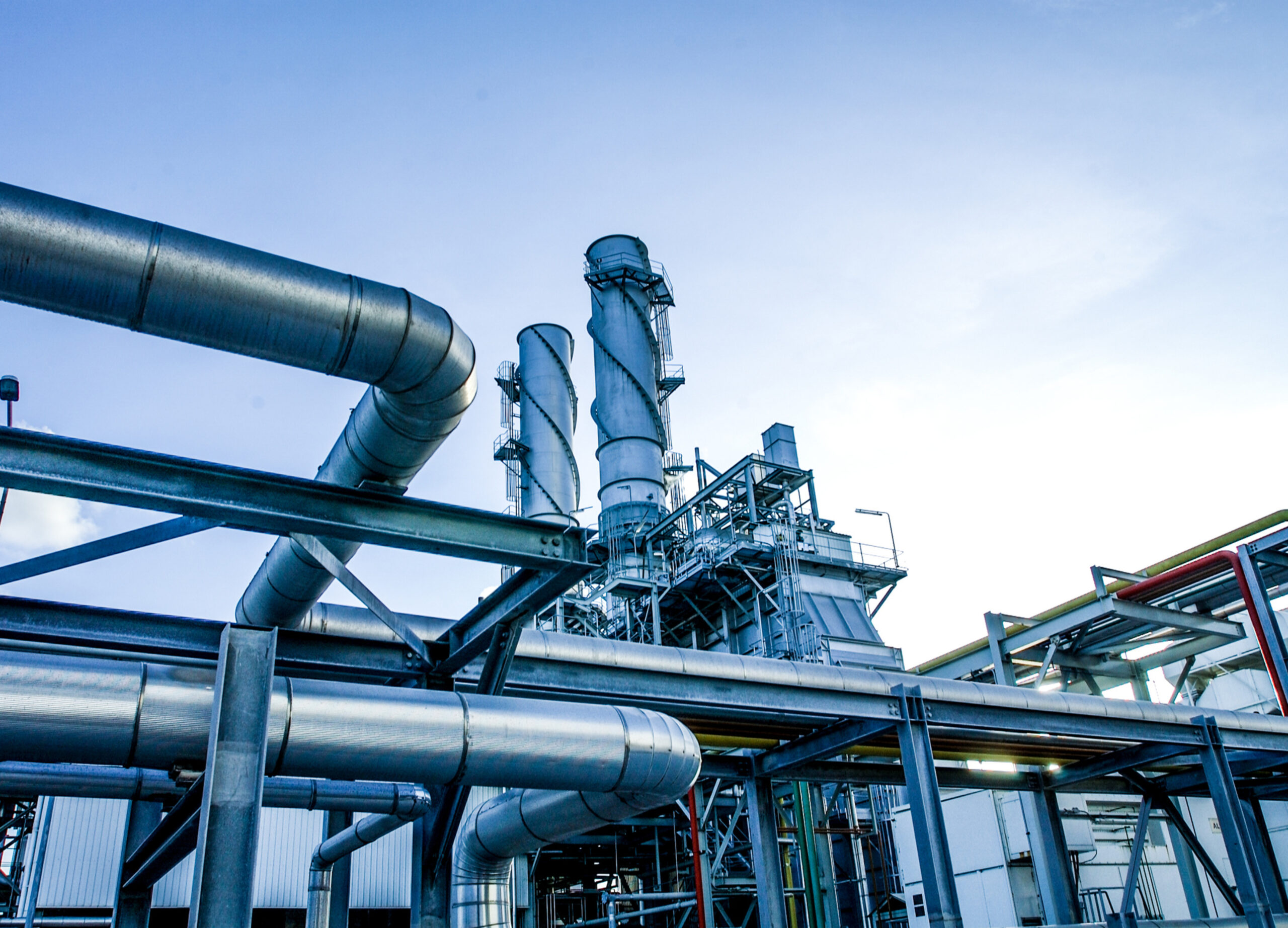Plug Valves Vs. Ball Valves: What are the Differences?

Control valves are a crucial part of any industrial system. Ball valves and plug valves are both quarter-turn valves used as control valves or as on/off valves for fluids and gases in industrial applications. While both valves operate on the same basic principle of rotating a disc to control fluid flow, there are some important differences between the two.
Differences
1. Design: A ball valve has a spherical ball with a hole through the center, while a plug valve has a cylindrical or tapered plug with one or more ports to control fluid flow.
2. Flow characteristics: A ball valve provides a more linear flow characteristic, while a plug valve provides a more equal percentage flow characteristic.
3. Sealing: A plug valve provides a tight seal and is less prone to leaking than a ball valve. Both valves may be prone to leaking if the seals wear out or if debris accumulates in the ports.
4. Operation: A plug valve can be more difficult to operate than a ball valve, especially in larger sizes due to its higher torque values. However, ball valves can be automated more easily than plug valves and generally require a smaller actuator.
5. Pressure and temperature ratings: Both valves can handle a range of pressures and temperatures, but ball valves are generally better suited for high-pressure and high-temperature applications than plug valves.
6. Cost: Manual ball valves are generally more expensive than plug valves, especially in larger sizes but are less expensive to automate.
Conclusion
In summary, the choice between a ball valve and a plug valve depends on the specific application and requirements. Ball valves are preferred for high-pressure and high-temperature applications, while plug valves are preferred for low-pressure applications. Manual ball valves are more expensive than plug valves, but they provide a tighter seal and a more linear flow characteristic.
Ready to get started?
Looking for advice on your valve needs, reach out to us to get expert opinions on your applications.


